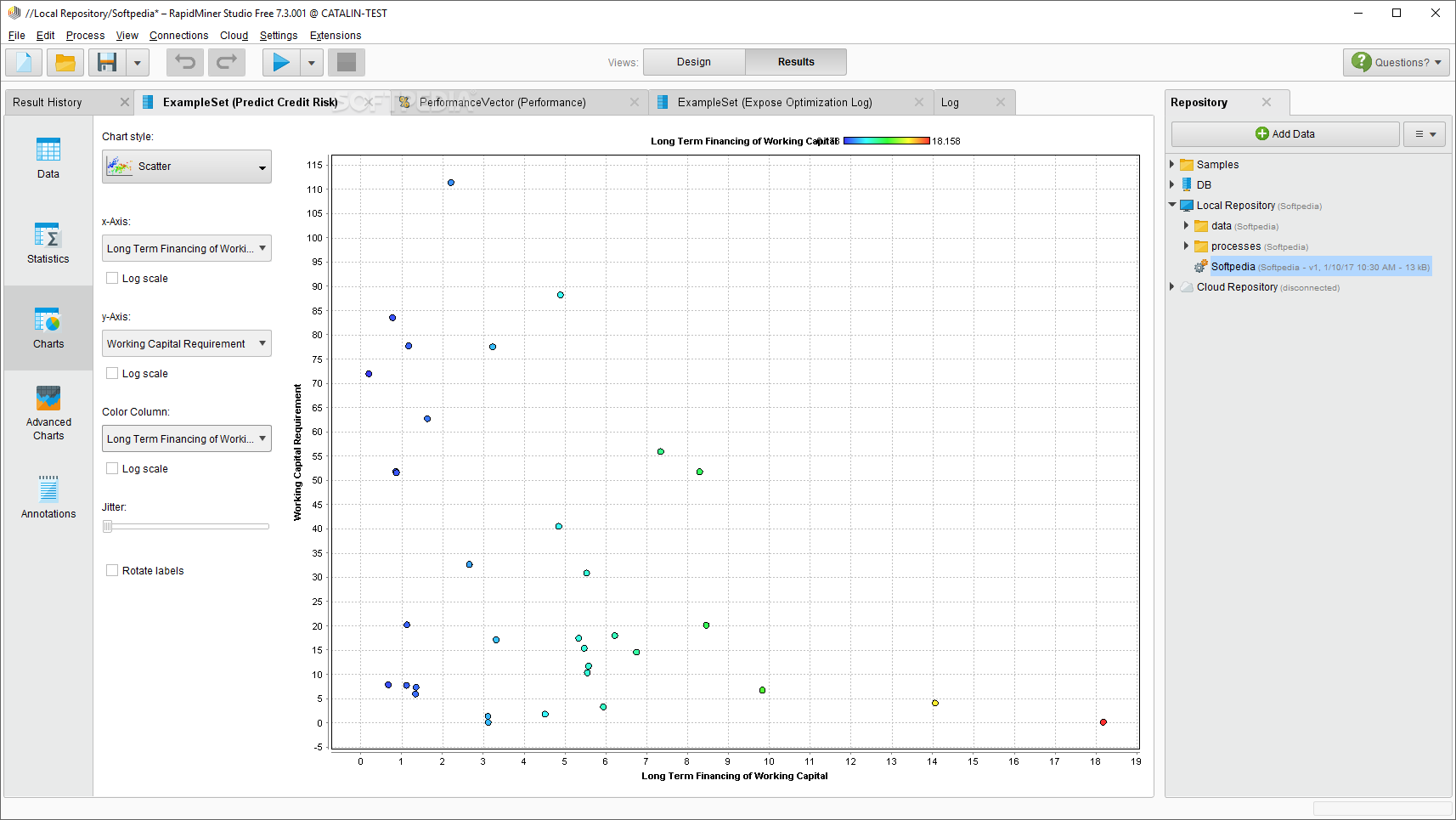

# 4 pip fruit yogurt cream cheese meat spreads # 1 citrus fruit semi-finished bread margarine ready soups For example, if we use read.csv directly, we have read.csv( 'data/groceries.csv', nrows= 4, header= FALSE, fill = TRUE)

Usually, we have the same number of columns and even when the number of columns is different, we would have the same information on the same column. csv format, they are very different from typical data we see. # "other vegetables,whole milk,condensed milk,long life bakery product"Īlthough the data are in the. # "pip fruit,yogurt,cream cheese ,meat spreads" # "citrus fruit,semi-finished bread,margarine,ready soups"

Each row represents a transaction with different grocery items. The first 5 rows of data are shown below. The data set contains 9,835 transactions and the items are aggregated to 169 categories, for example, by combining the same grocery of different brands. The data file groceries.csv contains 1 month (30 days) of real-world point-of-sale transaction data from a typical local grocery outlet. In online shopping, a website can recommend the associated items to customers. For example, in a grocery store, the items that are bought together frequently can be put close to each other. This kind of analysis can be very helpful in retail. Market basket analysis investigates the combinations of items that occur together frequently in transactions to understand shopping behavior. The items bought in that transaction is referred to as an itemset. For example, if you are in a grocery store and you buy a 6-pack beer, you are more likely to buy a bag of chips at the same time than somebody who buys a dozen of eggs.Įach time a customer makes a purchase, it is referred to a transaction. In the market basket analysis, one seeks to understand the purchase behavior of customers. Market basket analysis is a type of affinity analysis that can be used to discover co-occurrence relationships among activities performed by (or recorded about) specific individuals or groups. 11.2.3 Maybe we should look at unique users instead.9.3 ggplot2 - The Layered Grammar of Graphics.9.2 Data visualization using base R functions.8.3.3 File-backed memory management - Memory mapping.6.1.3 Difference between Pitch and Loudness.5.3.1 Use the API to detect the face and related information.4.5 Make sense of text data - text sentiment.4.4.2 replace space+dot with a single dot.3.7.4 When the key variable is not unique.3.7.3 Two data sets with partial same participants and variables.3.7.2 Two data sets with the same participants but different variables.3.7.1 Two data sets with the same variables but different participants.3.6.1 From wide format data to long format data.
RAPIDMINER STUDIO 6.5 DOWNLOAD CODE
2.2.4 Get the source code of R functions.


 0 kommentar(er)
0 kommentar(er)
